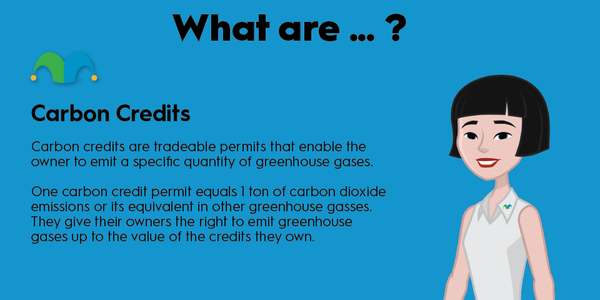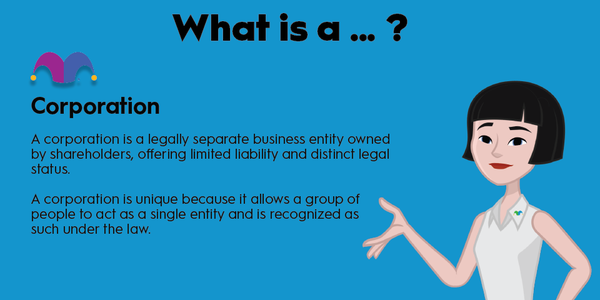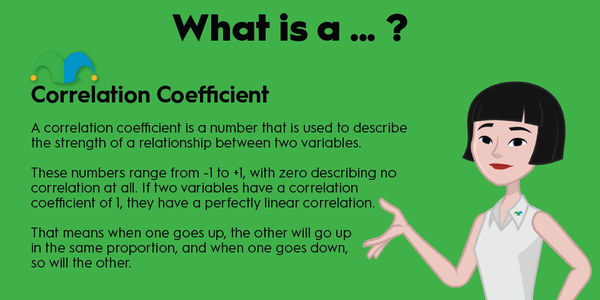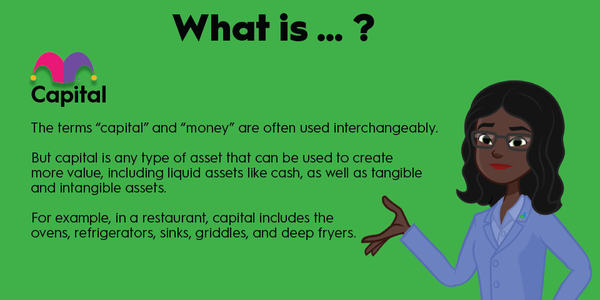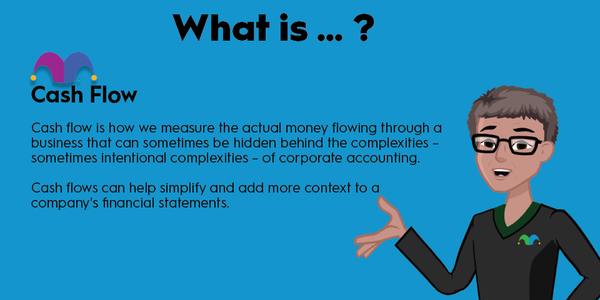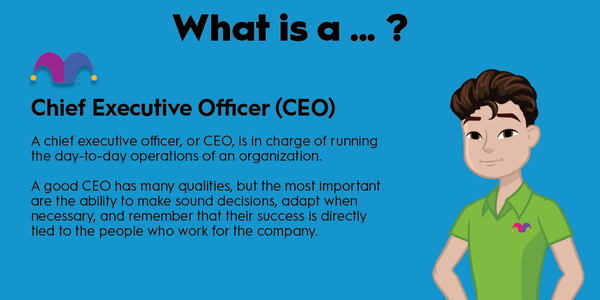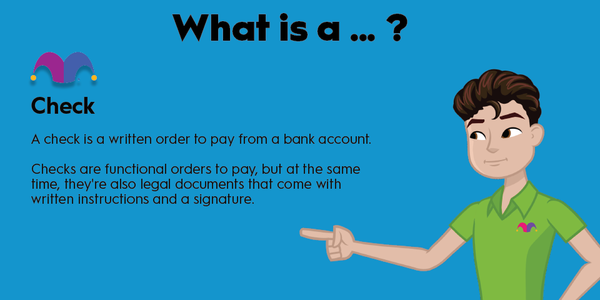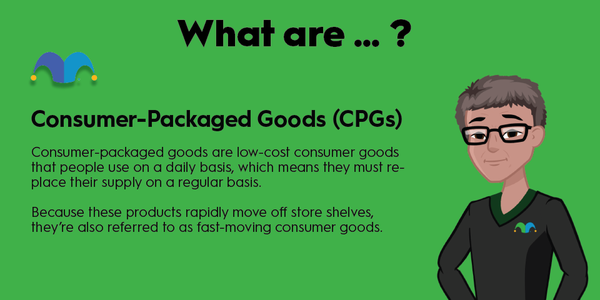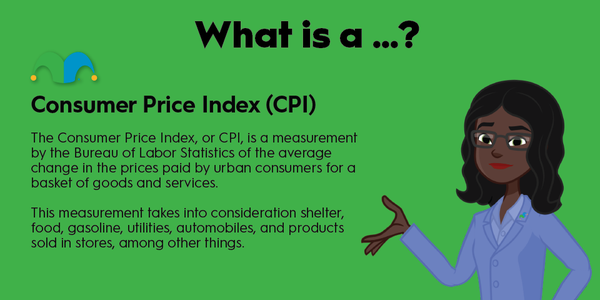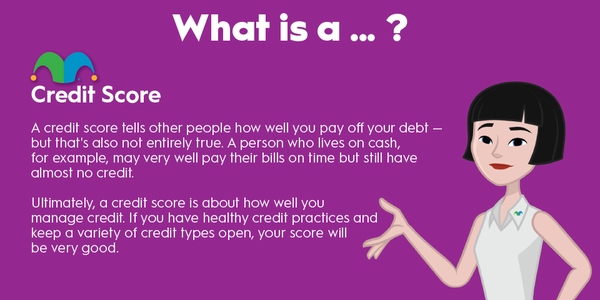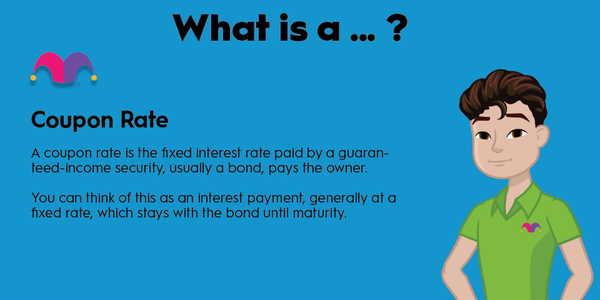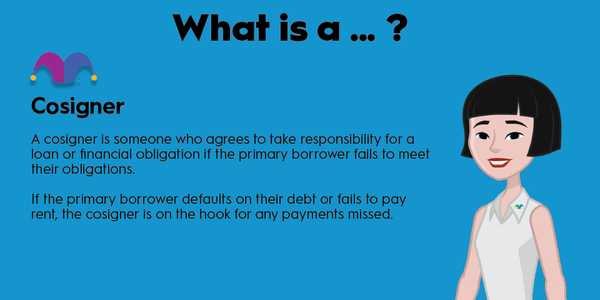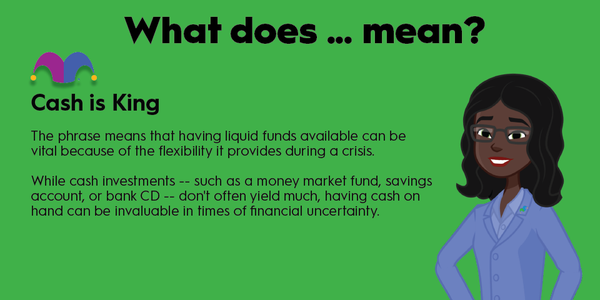If you're thinking of investing in real estate, it's crucial to understand how valuation works in real estate. With that in mind, we've taken an in-depth look at the cost approach, one of the three commonly used methods of valuation. Read on below to learn more about the cost approach, including what it is, how it's calculated, and when it's best used.

What is the cost approach in real estate valuation?
Put simply, the cost approach is a method of real estate valuation where the value of real property is determined by what it would cost to rebuild the building if it was destroyed or to build an equivalent structure. It also factors in the worth of the land on which the building is situated, as well as the cost of any loss in value, or depreciation that occurs over time. This approach is based on the underlying logic that buyers will not pay more for the building than they would pay if they needed to cover the current cost of producing a similar property.
The cost approach is one of three methods of valuation used by appraisers. Other options include the income approach, which looks carefully at how much income the building should be able to generate in order to determine its value, or the sales comparison approach, which uses similar properties that have recently sold in order to estimate the property's value.
How to calculate the cost approach
At its core, the formula for the cost approach is relatively simple:
Property value = Land Value + (Cost New - Physical Depreciation)
Finding land value
Calculating a property's value via the cost approach starts with determining the land value. In this instance, most appraisers will use a method similar to the sales comparison approach. Essentially, the appraiser will look at other, recently sold plots of land in the same market in order to determine the land value.
Finding cost new
When talking about cost new, it's important to specify whether you're looking at replacement cost new or the reproduction cost. In general, replacement cost new is the current cost to construct a similar property while adhering to current building codes and using current construction materials. Reproduction cost, on the other hand, looks at the current cost to construct an exact duplicate of the property, including the materials and standards that were in place when the property was originally constructed.
However, once you're clear on that, there are four ways you can go about estimating cost new:
- Comparative unit method: With this method, costs are based on a lump-sum estimate per square foot.
- Cost segregation method: Here, instead of looking at the lump-sum costs, you would break down the costs into components based on the construction materials used. For example, the roof, the frame, and the plumbing would all be separate components.
- Unit-in-place method: This method breaks down these costs even further by looking at the individual pieces that make up each component of the project. In this case, the costs of the roof joists and decking plates would be considered when working up a figure for the roof's structure. In this method, overhead and labor costs are built into the cost of each component.
- Quantity survey method: This method works similarly to how contractors create bids, focusing on the estimated cost of each individual item. Once that base cost is established, a percentage is added to account for overhead and profit.
Finding depreciation value
Before moving on to calculate the effects of depreciation, it's important to note that there are three separate forms of depreciation a property can experience. First, there's physical depreciation, which is the result of normal wear and tear. Then, there's functional depreciation, which is the result of changes in need that reduce the value of the asset over time. Finally, there is external depreciation, which is the result of adverse economic trends.
With that said, all three of those need to be taken into account when calculating the depreciated value. Below are three methods you can use to make your calculations:
- Age-life method: With this method, the appraiser will take into account the property's total age, effective age, and the estimated remaining lifespan on any improvements. In this case, the effective age of the property is representative of the property's condition and its location in the current market.
- Breakdown method: Here, the appraiser would work to identify and quantify each form of depreciation. Then, he or she would add them together to get a total valuation for depreciation.
- Market extraction method: This method uses comparable sales to come up with an acceptable depreciation to apply to the subject property.
Using the cost approach: An example
Let's say that, in trying to formulate a valuation for a property, an appraiser used comparables to determine that a similar plot of land is worth $35,000. He then uses the comparative unit method to determine that the cost to rebuild the property would amount to $50 per square foot for a 2,000 square foot home. At the same time, he used the market extraction method to determine a depreciation percentage of 25%.
In that case, the valuation calculation would look as follows:
- Property value = $35,000 ($50 X 2,000) - (25% x ($50 x2,000)))
- Property value = $35,000 + $100,000 - (25% x $100,000)
- Property value = $35,000 + $100,000 - $25,000
- Property value = $115,000
When is the cost approach best used?
As you might guess, the cost approach is best used when the property in question is newer. That way, it's easier to find the figures for cost new and there's less to estimate where depreciation is concerned. Unfortunately, the more the property ages, the more guesswork is involved, and it becomes harder to find a valuation using this approach.
Notably, the cost approach is also well-suited for properties that are either underimproved or overimproved, as those types of properties will likely not be good candidates for the sales comparison approach and would need an appraiser to take a look at their unique features. Special use property, like churches and libraries, also falls into this category.
The bottom line
The cost approach may not be the most commonly used method of real estate valuation. However, when a building is newer or there aren't many comparable properties on the market, it can be extremely useful. With that in mind, use this as your guide to understanding the cost approach. Armed with this knowledge, you should have a better understanding of how to value properties in which you intend to invest.

